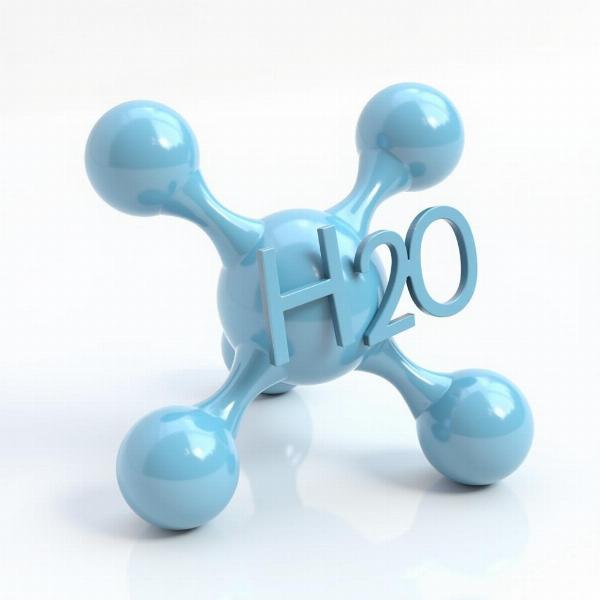Covalency, a fundamental concept in chemistry, describes the sharing of electron pairs between atoms to form stable molecules. Understanding covalency meaning in Hindi (सहसंयोजकता – Sahasanyojakta) is crucial for grasping various chemical phenomena. This article delves into the intricacies of covalency, exploring its definition, types, and significance in the world around us.
What is Covalency?
Covalency refers to the number of electron pairs an atom shares with other atoms to achieve a stable electron configuration, typically resembling that of a noble gas. This sharing of electrons leads to the formation of covalent bonds, which are the glue that holds atoms together in molecules. Think of it as a partnership where atoms pool their resources (electrons) to achieve mutual stability.
Types of Covalent Bonds
Covalent bonds can be categorized based on the number of electron pairs shared between atoms:
- Single Covalent Bond: One pair of electrons is shared, represented by a single line (e.g., H-H in hydrogen gas).
- Double Covalent Bond: Two pairs of electrons are shared, represented by a double line (e.g., O=O in oxygen gas).
- Triple Covalent Bond: Three pairs of electrons are shared, represented by a triple line (e.g., N≡N in nitrogen gas).
Covalency and Molecular Structure
Covalency plays a vital role in determining the shape and properties of molecules. The number of covalent bonds an atom forms dictates its bonding capacity and influences the overall molecular architecture.
Covalency Examples in Everyday Life
Covalency is everywhere! From the water we drink (H₂O) to the air we breathe (O₂ and N₂), covalent bonds are the foundation of countless substances we encounter daily. Even complex organic molecules like proteins and DNA rely on covalent bonds for their structure and function.
 Covalency in a Water Molecule
Covalency in a Water Molecule
What is the difference between covalency and valence?
While often confused, covalency and valence are distinct concepts. Valence refers to the combining capacity of an atom, representing the number of electrons it can gain, lose, or share to achieve a stable configuration. Covalency, specifically, refers to the number of electrons shared in covalent bonds.
How to determine the covalency of an element?
The covalency of an element can often be predicted from its position in the periodic table and its electronic configuration. For example, elements in Group 14 (like carbon) typically have a covalency of 4.
Why is understanding covalency important?
Understanding covalency is crucial for comprehending chemical reactions, molecular structures, and the properties of matter. It forms the basis of many fields, including organic chemistry, biochemistry, and materials science.
Conclusion
Covalency (सहसंयोजकता – Sahasanyojakta) is a cornerstone of chemical bonding, explaining how atoms share electrons to form stable molecules. This sharing of electrons, leading to the formation of covalent bonds, is essential for understanding the structure and properties of matter. From simple molecules like water to complex biomolecules, covalency is a fundamental principle governing the world around us.
FAQ
- What is covalency in simple terms? Covalency is the number of electron pairs an atom shares with other atoms to form a chemical bond.
- What are some common examples of covalent compounds? Water (H₂O), methane (CH₄), and ammonia (NH₃) are common examples.
- What is the maximum covalency possible? The maximum covalency observed is generally 7.
- Is covalency always a whole number? Yes, covalency is always a whole number as it represents the number of shared electron pairs.
- How does covalency affect the properties of a substance? Covalency influences properties like melting point, boiling point, and solubility.
- What is the difference between a covalent bond and an ionic bond? In covalent bonds, electrons are shared, while in ionic bonds, electrons are transferred.
- Why do atoms form covalent bonds? Atoms form covalent bonds to achieve a stable electron configuration, similar to that of noble gases.
Meaning-Hindi.in is your premier destination for professional Hindi translation services. We offer a comprehensive suite of solutions, from business and legal document translation to technical, website, and academic translation. Our expert linguists ensure accurate and culturally sensitive translations, catering to a diverse clientele. Whether you require certified translation, express delivery, or specialized industry expertise, Meaning-Hindi.in delivers quality and precision. Contact us today for all your Hindi translation needs: Email: [email protected], Phone: +91 11-4502-7584.